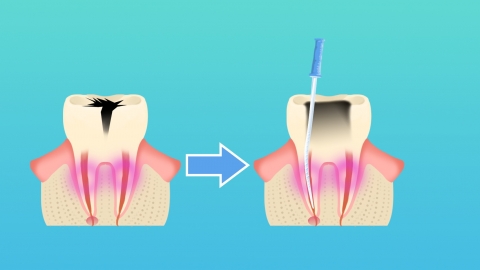What is the difference between dental fillings and fissure sealants?
Generally speaking, the differences between dental fillings and pit and fissure sealing are mainly reflected in their indications, purposes, procedures, materials used, and target populations. A detailed analysis is as follows:
1. Indications
Dental fillings are suitable for teeth that already have caries, noticeable defects, or damaged dental tissues, requiring restoration to recover dental function. Pit and fissure sealing is suitable for teeth with deep pits and fissures but without existing caries, primarily serving as a preventive measure for healthy teeth.
2. Purpose
The purpose of dental fillings is to restore damaged dental tissues, halt further progression of tooth decay, and recover the tooth's shape and chewing function. The purpose of pit and fissure sealing is to form a protective layer within the tooth's fissures to prevent accumulation of food debris and bacterial erosion, thereby reducing the likelihood of developing caries.

3. Procedure
For dental fillings, the dentist must first remove decayed tissue, prepare an appropriate cavity shape, and then fill the defective area with restorative material to restore the tooth's integrity. For pit and fissure sealing, no dental tissue removal is necessary. The procedure involves cleaning the pits and fissures and then applying a sealant to these areas, which solidifies to form a protective film.
4. Materials Used
Commonly used materials for dental fillings include composite resins and glass ionomer cements. These materials must bond closely with the dental tissues to withstand chewing forces. Pit and fissure sealing uses specialized sealants, typically resin-based materials with good flowability, enabling thorough penetration into the fissures and subsequent solidification.
5. Target Population
Dental fillings have no specific age restrictions; they can be performed whenever dental caries or defects occur. Pit and fissure sealing is more suitable for children and adolescents, especially those whose permanent teeth have recently erupted, have deep fissures, and face challenges in maintaining oral hygiene.
In addition, after receiving a dental filling, patients should avoid chewing hard foods with the treated tooth to prevent dislodgement of the filling material. After pit and fissure sealing, regular check-ups are needed to ensure the sealant remains intact. Both dental fillings and pit and fissure sealing should be accompanied by good oral hygiene practices to better protect dental health.




